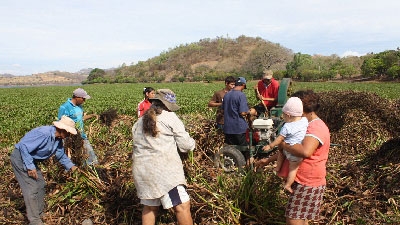El Salvador is a small, dollarized economy with a population of about 6 million people closely tied to the United States through trade and remittances.
Since 2022, the government has taken steps to address structural and macroeconomic challenges. A concerted security effort sharply reduced crime, boosting investor confidence and removing a key constraint on job creation and prosperity. To address fiscal and external imbalances, three sovereign debt buybacks between 2022 and 2024 helped ease short-term financing pressures, followed by the approval of an austere 2025 budget and a 40-month Extended Fund Facility with the IMF in February 2025, which aims to support fiscal consolidation, strengthen financial stability, and improve governance and transparency. These actions contributed to a sharp drop in sovereign spreads.
There are still important issues to tackle, such as macroeconomic imbalances, climate resilience, productivity growth, and access to quality jobs. The authorities are addressing these challenges through a series of actions to make robust progress in restoring fiscal and external sustainability, and to advance in diversifying the economy, attracting Foreign Direct Investment, and reducing poverty.
Moreover, if better quality jobs are to actually reduce poverty, these efforts will have to be scaled up to ensure that the poor can access them. In the short term, labor intermediation actions are needed to connect workers with job offers available on the market. In the medium to long term, human capital formation will need to be improved, especially among women and vulnerable groups.
Last Updated: Oct 06, 2025


